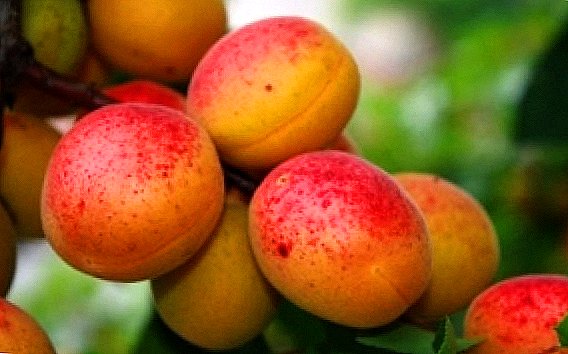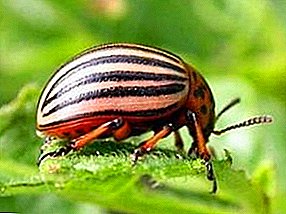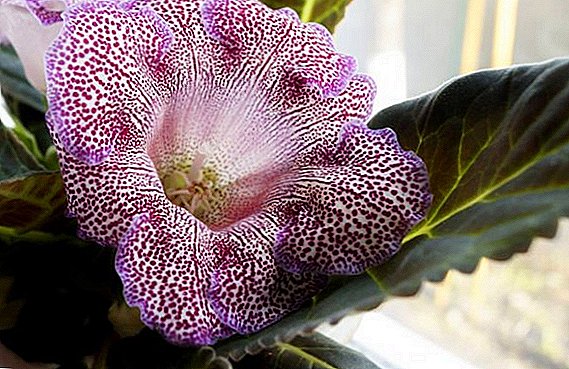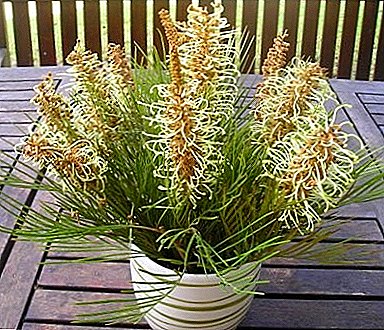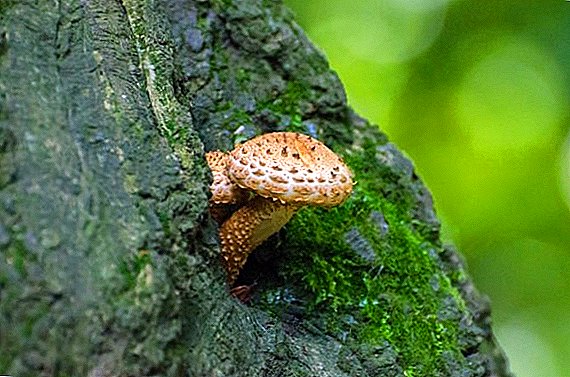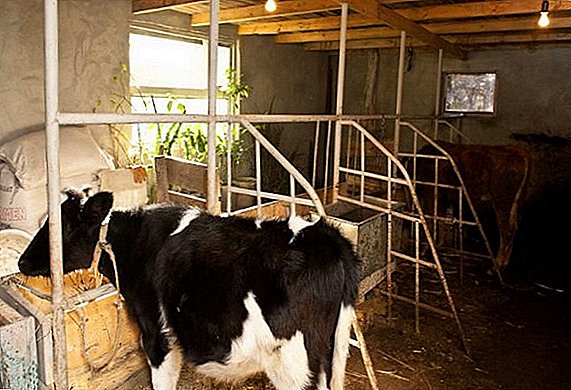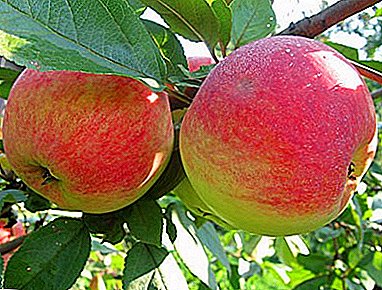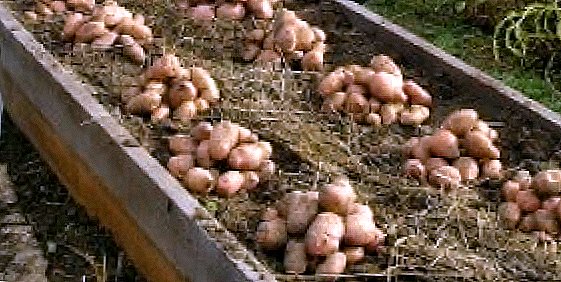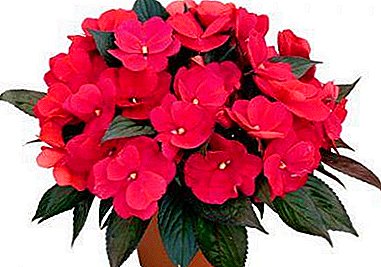
Balsam is a single and perennial herb with rather fleshy straight stem. But sometimes it happens in the form of a half-shrub. In the people balsam is also called "Roly wet" or "touchy".
There are cases when the buds and blooming flowers of this plant actively fall off. This fact causes the grower to worry about the health of the window dweller.
What are the reasons for the fall of future flowers? What to do to prevent this trouble?
Features buds
This plant blooms for several months. Buds are often found in their irregular shape. They are collected in loose inflorescences or solitary. Buds out of the foliage. As for artificially bred varieties, there are no only blue and yellow buds.
In natural species, of which there are about 400 in nature, the buds are pink or red. In the usual environment, the petals of such buds are smooth. Terry forms of flower buds that look like small roses are quite charming.
Why Roly wet dumps future flowers - all sorts of reasons
Such reasons lead to the fall of buds in a balsam.:
- lack of potassium in the soil to support a long period of flowering impatiens;
- cold air flow;
- negative reaction to movement;
- improperly selected soil;
- poor watering;
- the presence of pests and parasites;
- too dry air;
- finding a plant near drafts;
- poor feeding;
- inappropriate time for transplant;
- excess nitrogen;
- drying earthy coma;
- the effect of direct sunlight on the plant;
- tobacco smoke;
What to do?
To prevent balsamine buds from falling off, the necessary measures should be taken immediately.that are associated with recreating the necessary habitat for the flower:
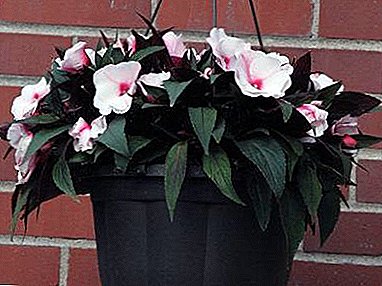 Watering. Balsam - a very moisture-loving flower that has juicy, fleshy, moisture-filled stems. With a small amount of incoming water, the plant will not die, but its leaves can lose some elasticity, and the buds fall off. You can not overdo it with watering through the pan, as too much moisture in it leads to rotting of the roots of a balsam. Watering takes place in this way: in the summer, it is necessary to water so that the soil is sufficiently wet, and in winter it is necessary to reduce watering.
Watering. Balsam - a very moisture-loving flower that has juicy, fleshy, moisture-filled stems. With a small amount of incoming water, the plant will not die, but its leaves can lose some elasticity, and the buds fall off. You can not overdo it with watering through the pan, as too much moisture in it leads to rotting of the roots of a balsam. Watering takes place in this way: in the summer, it is necessary to water so that the soil is sufficiently wet, and in winter it is necessary to reduce watering.- Air temperature. You should set a certain air temperature in the room in the range of 12-14 degrees Celsius.
- Humidity. For this plant is best to use the standard room humidity. But in no case should not overdry the air.
- The soil. This criterion is the easiest for a balsam, because balsams are completely undemanding.
- Transplant freshly purchased plants. The pot for the plant should be chosen cramped, suitable for the root system in size, since if the pot is much larger, then the flowering may linger (why the balsam does not bloom and what to do, read here). But it is not necessary to replant plants grown from cuttings.
- Top dressing. The flower should be fed every two weeks with special mineral fertilizers. But in all you need to know the measure: an oversupply of nitrogen fertilizers can enhance the growth of the stems, at the same time it will slow the growth of flowers, which can lead to the fall of the buds.
- Pest appearance. The diseases of "impatiens" should include the occurrence of various pests: whiteflies, spider mites, aphids. You can take insecticides from pests. Prevention: avoid soil rotting, prevent air drying. Read more about the main diseases and pests of balsam, as well as the causes of their occurrence and control measures read here.
- Why do the leaves of a house balsam turn yellow and how to resuscitate a plant?
- Why do the balsam leaves fall and get sick and how to save the flower?
Implications if not taken
The main consequences of dropping balsam buds are:
- The emergence of various kinds of parasites.
- Poor quality care and conditions can lead to a variety of diseases and plant death.
- If the flower is kept at a low temperature and at the same time a glut of moisture, then its buds may begin to gradually turn yellow and fall off, a gray fluffy raid may also appear. Such a raid is called gray rot.
- Under the conditions of balsam content indicated above, but at a higher temperature, the leaves simply wilted. In this case, you need to lower the temperature.
- With an excessive amount of water due to pallet watering can begin to rot the roots of the plant.
- Buds and flowers may fall due to dry air and high temperatures.
- In the case of a small amount of incoming light and the absence of the necessary nutrients, the balsam stalks may begin to stretch and the flowers, on the contrary, become dry and small.
Prevention
 Preventive measures include normalization of air dryness, soil moisture, temperature, and setting sufficient levels of soil acidity.
Preventive measures include normalization of air dryness, soil moisture, temperature, and setting sufficient levels of soil acidity.
Besides, If pests occur, use insecticides. (chemical preparations for the destruction of harmful insects).
You can also take additional feeding, but you should not overdo it, because you can make it even worse.
First of all, you need to be careful of sudden changes in temperature, and also not to rotate the pot with the already blossoming balsamine. In winter, you do not need to put a plant near the north window.
Thus, in a balsam, buds fall due to the following main reasons, among which may be mentioned such as: the attack of various pests; non-constant watering; too dry air; improperly selected soil. "Touchy" hates drafts - it is best to keep it when the air temperature in the room is 16-26 degrees Celsius.


 Watering. Balsam - a very moisture-loving flower that has juicy, fleshy, moisture-filled stems. With a small amount of incoming water, the plant will not die, but its leaves can lose some elasticity, and the buds fall off. You can not overdo it with watering through the pan, as too much moisture in it leads to rotting of the roots of a balsam. Watering takes place in this way: in the summer, it is necessary to water so that the soil is sufficiently wet, and in winter it is necessary to reduce watering.
Watering. Balsam - a very moisture-loving flower that has juicy, fleshy, moisture-filled stems. With a small amount of incoming water, the plant will not die, but its leaves can lose some elasticity, and the buds fall off. You can not overdo it with watering through the pan, as too much moisture in it leads to rotting of the roots of a balsam. Watering takes place in this way: in the summer, it is necessary to water so that the soil is sufficiently wet, and in winter it is necessary to reduce watering.